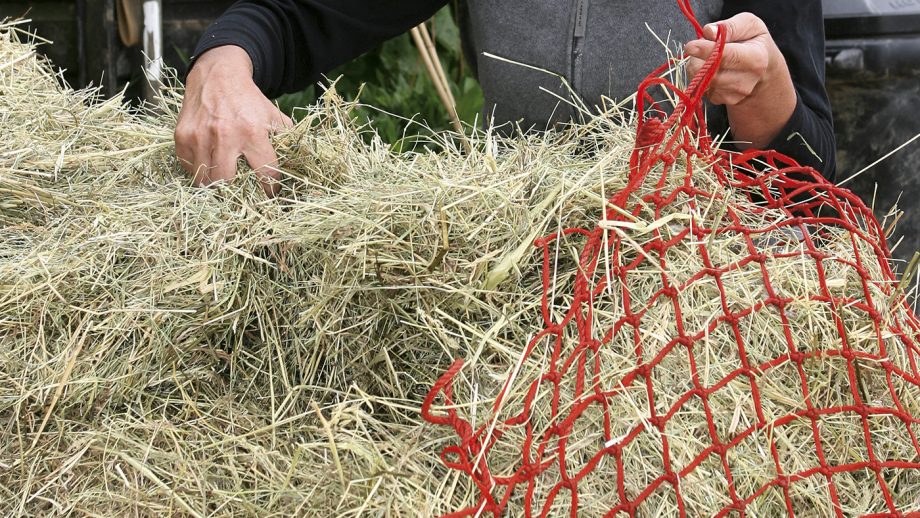After a wet winter, spring drought and recent unsettled conditions resulted in a challenging harvest across the country, H&H asks the experts what horse owners can do to best prepare, and to support farmers and suppliers...
Horse owners have been reminded of the importance of preparation and forging good relationships with suppliers as the full outcome of 2020’s challenging harvest remains to be seen.
The harvest is not finished so the full picture is not yet known, but this has been a challenging year for many farmers, and parts of the UK have been badly hit by the weather.
Farmers have spoken of the impact on their own yields – one East Midlands farmer said he had bailed “no more than 20%” of his usual straw – while others have told H&H they are still going and would warn against hypothesising on prices before the nation’s harvest is in.
The National Farmers Union (NFU) is encouraging every arable farmer to complete its harvest survey to get an accurate early indication of what the harvest has looked like.
“Farmers have seen very challenging conditions across the country with heavy rain during winter, meaning tough planting conditions, followed by one of the driest springs on record, so establishing crops was difficult and winter-drilled crops lacked any spring growth,” said NFU vice-president Tom Bradshaw.
He added that the weather pattern has resulted in the UK’s “lowest wheat crop area in 40 years” and expects yields to “strike a similar multi-decade low”.
Setting aside speculation over prices, horse owners have been advised about what they can do now to best prepare and to support farmers and suppliers.
“It comes back to establishing good, long-term relationships between producers and customers, keep in touch and buy early wherever possible, and to expect that prices have to be sustainable,” John Barber of Longhay Ltd in Hertfordshire, who produces his own hay and also operates hay and straw brokerage hay-net.com, told H&H.
He agreed the weather has hit straw in “three ways”, with the wet winter, spring drought and recent unsettled conditions during harvest proving challenging across the country.
“The people we buy from really go out of their way to look after the equestrian customers they have long-term relationships with,” he said, adding explaining how now is not the time to panic, but rather to nurture those connections.
In terms of hay, Mr Barber said the picture varies from region to region and while the quantity may be down in some areas, the quality is generally good.
“A lot of the south and east of the country was affected by the spring drought – some fields were yielding about 60% less than normal,” he said, adding this is not the case across the whole of the UK.
“I would urge people not to leave it too late to buy this winter.”
“One of the things that has eased things is there was some carryover from last year. Last year was a very good year for hay here and that has certainly eased things in the short term.”
You may also be interested in…

When is this year’s hay safe to feed to your horse?

Know your forage: which is the perfect type for your horse?

New research confirms straw could be valuable weapon in fight against equine obesity
‘We hope the success of the trial means this research will go on to help even more ponies’

Choosing the right bedding for you and your horse

Is your horse ready for the winter? *H&H VIP*
With the clocks about to turn back, now is the time to assess your horse’s chances of staying healthy through


